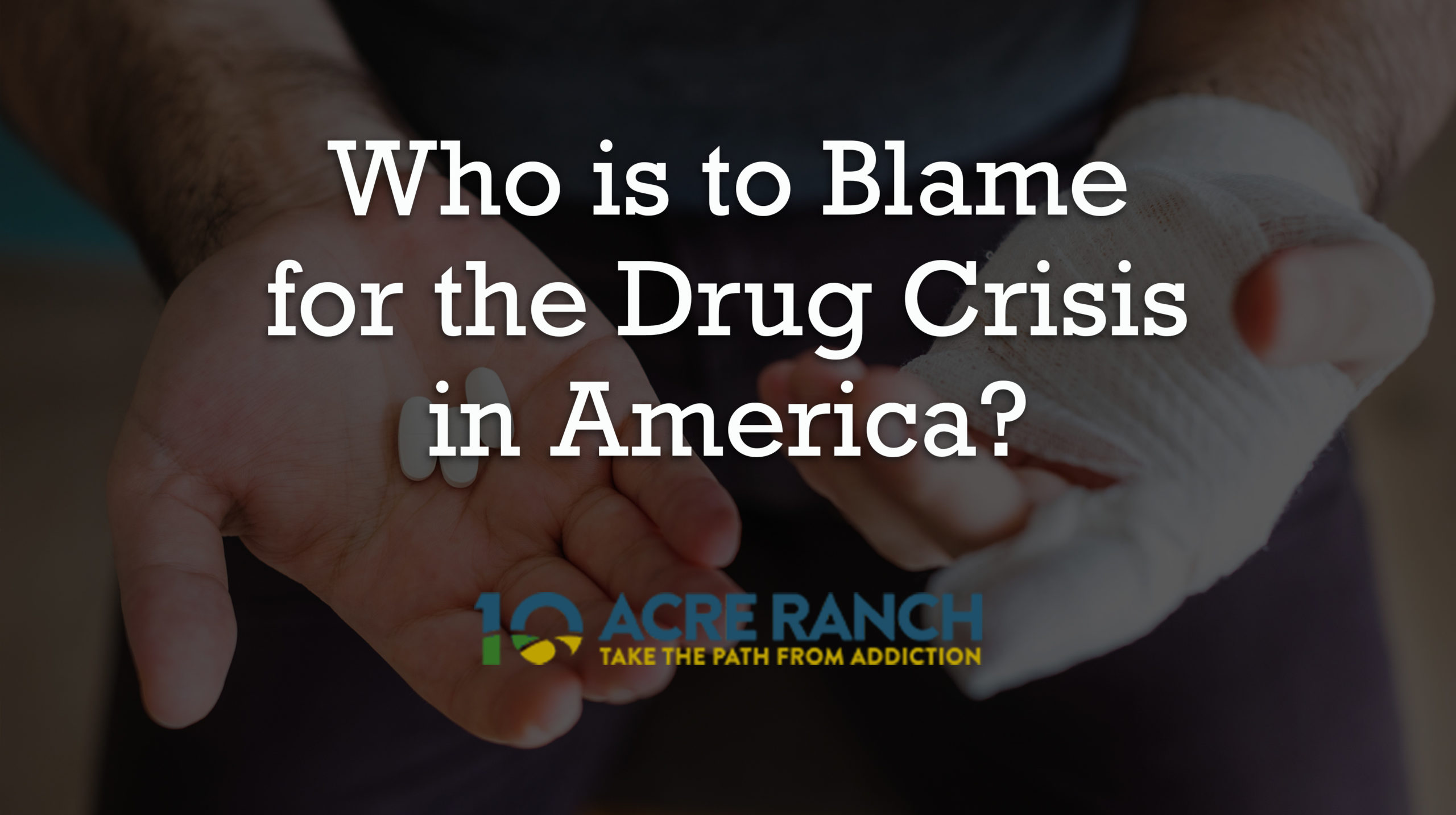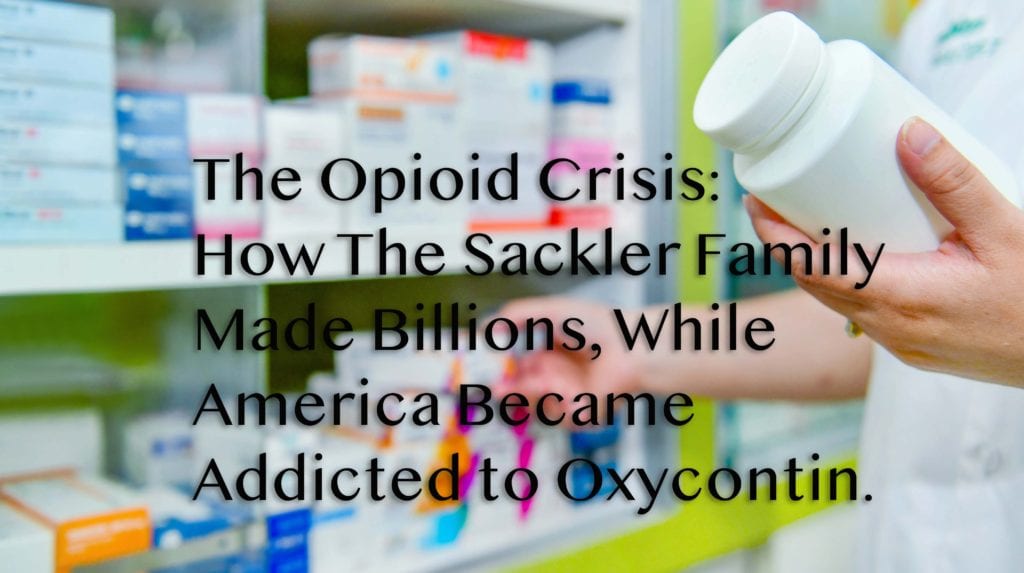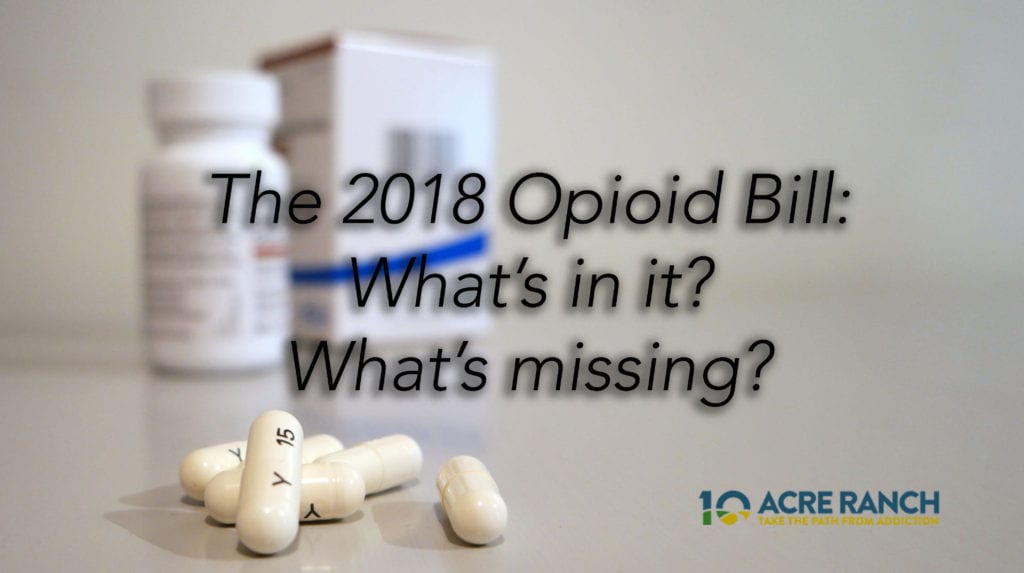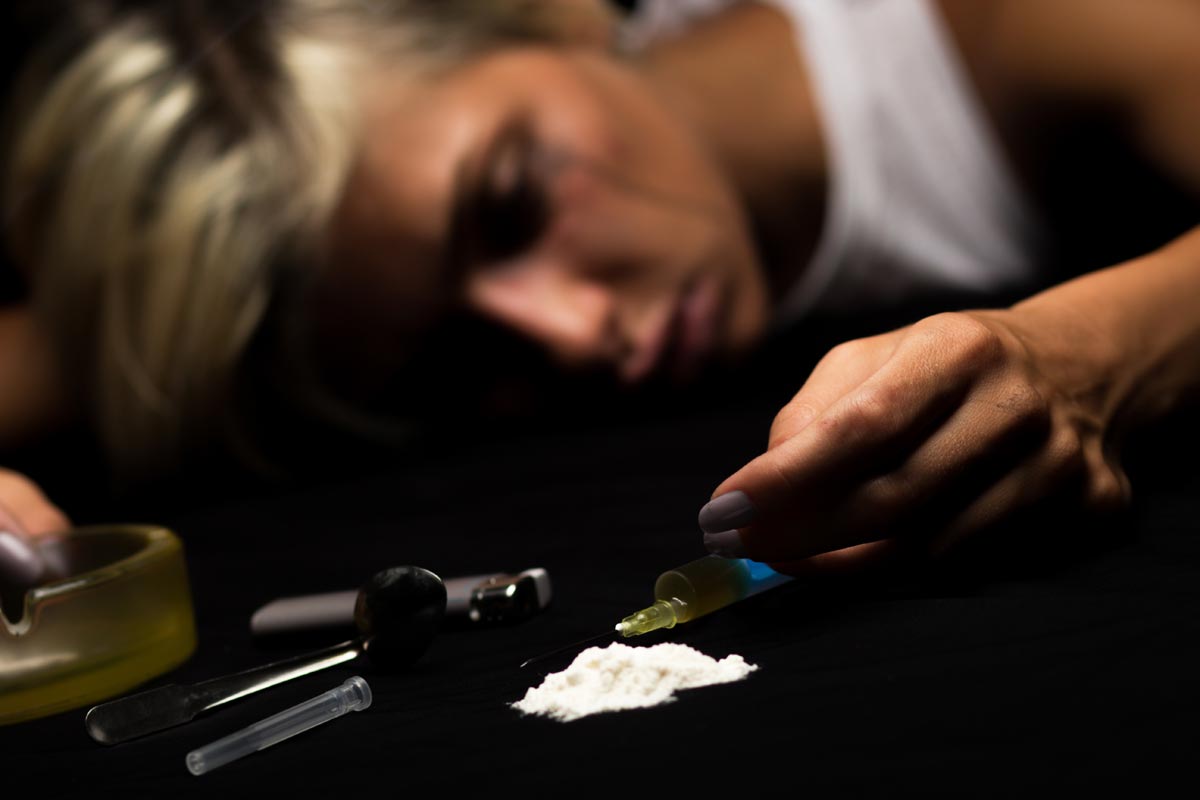This may be partially true, but for an honest, successful solution to the drug overdose crisis, we need to look at every possible …
The Opioid Crisis: How The Sackler Family Made Billions, While America Became Addicted to Oxycontin.
The documents also show that along with complacency of the family, (many of whom also serve as the board of directors) Purdue …
The 2018 Opioid Bill
this problem. Allowing Medicaid to help fund up to 30 days of inpatient rehab stays, including medication-assisted treatment (MAT) …
Overdose Death Impacting Life Expectancy
year. There were more deaths in 2016 than in 2015, and overdose deaths are expected to surpass last year, in 2017. Overdose death …
Continue Reading about Overdose Death Impacting Life Expectancy










